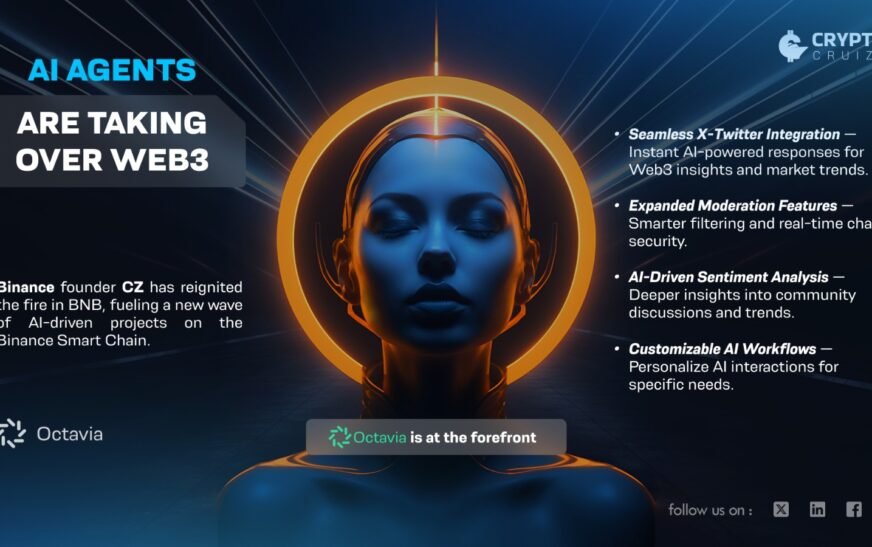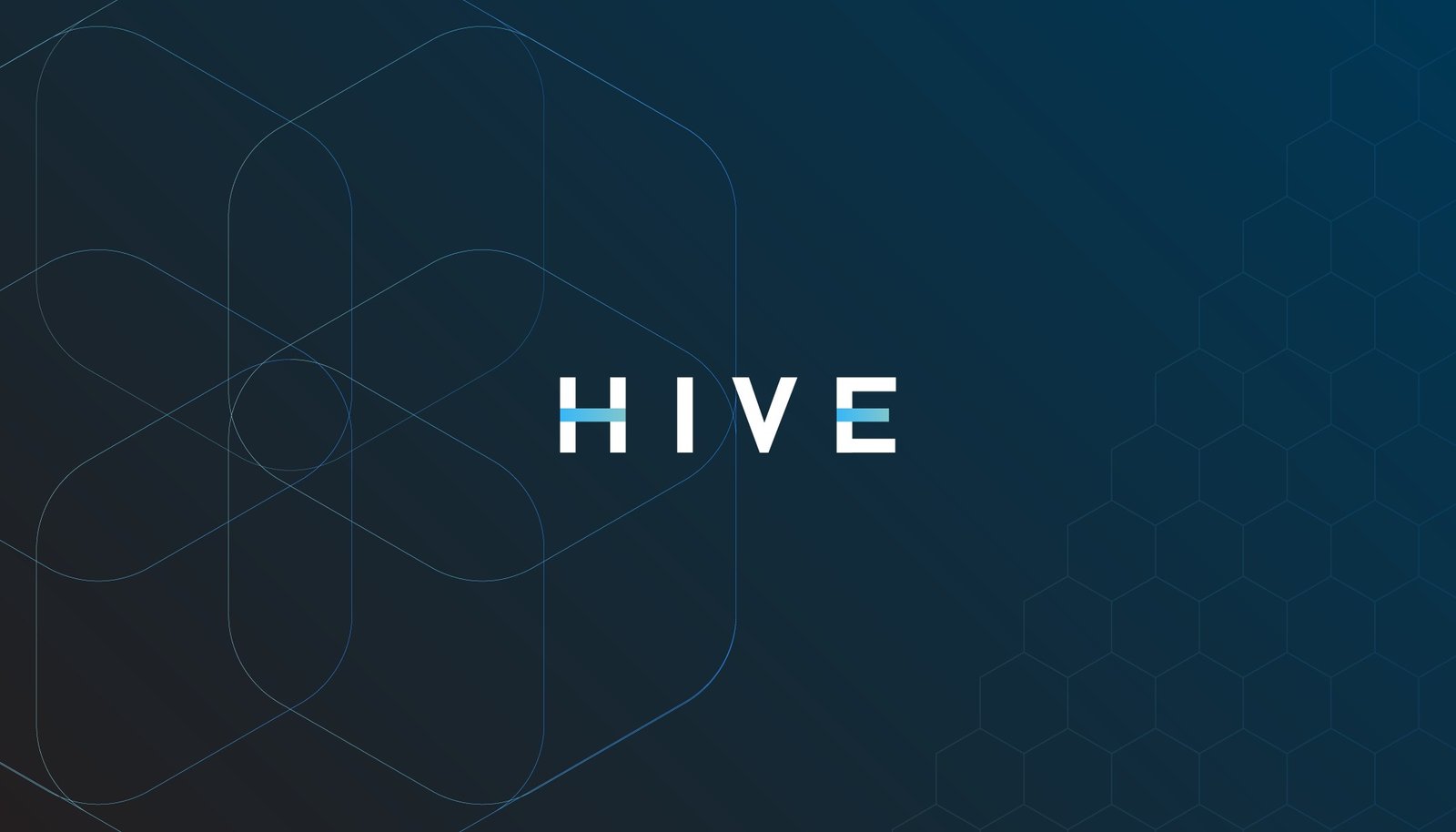In an X post, Ethereum validators have been reminded about changes coming with the Pectra upgrade
According to reports, the update, set to go live in April, will affect staking, validator operations, and penalties.
Major Updates Validators Need to Make
In recent Ethereum news on the new update, one of the key changes in the Pectra upgrade that Ethereum validators need to be aware of is EIP 6110.
This update will remove an extra round of voting required to confirm validator deposits.
Now, once a validator stakes 32 ETH, the activation process will be faster. It will reduce delays, while making staking more efficient and better.
Similarly, another important update validators need to be aware of is EIP 7002. This update will essentially allow full validator exits to be triggered directly through the execution layer.
With this change, staking pools using smart contracts can exit validators without depending on node operators. This will strengthen security and build more trust and reliability in staking platforms.
Furthermore, one of the biggest updates is EIP 7251. This recent update will increase the maximum validator balance from 32 ETH to 2048 ETH. Put simply, this change will encourage larger validators instead of many smaller ones.
It will also modify how penalties are calculated. For example, slashing penalties will be lower for most validators, making it less severe when a validator is penalized.
Meanwhile, based on the new update, offline penalties will now scale with a validator’s balance. This suggests that those with higher stakes will face larger penalties for going offline.
In addition, it was mentioned that correlated slashing penalties may also change, depending on the final calculation method developers choose.
Meanwhile, there is talk of increasing blob capacity, which could affect solo stakers using limited hardware. If the change is too aggressive, home stakers could face more challenges handling data.
Ethereum News: Update for Stakers
Notably, for Ethereum stakers, these changes bring several important updates. For example, with EIP 7251, validator rewards will auto-compound. This means rewards will be added to the staking balance unless withdrawn manually.
On the bright side, this particular update will be more beneficial to long-term stakers by increasing their rewards in due course.
However, those who prefer to withdraw their rewards often must make adjustments to ensure they can still access their earnings when required.
It is important to note that partial withdrawals will still be allowed, but validators must update their withdrawal credentials to the 0x01 format before Pectra goes live.
If they fail to do this, they cannot withdraw their staked ETH and rewards.
According to Ethereum news reports, developers have provided a guide on how to make this update, and validators are advised to complete the process as soon as possible.

Another important update is EIP 7702, which temporarily allows EOAs (externally owned accounts) to delegate control to smart contracts.
A smart contract could manage an account for a set period, adding new functions. This update might change how accounts interact with smart contracts for staking pools.
Given the above, developers managing staking platforms should review their systems to ensure smooth operation and avoid potential risks.
Projected Timeline to Keep in View
Presently, Ethereum developers estimate that Pectra will launch in April 2025.
However, at the time of writing, there are still speculations that the date could change based on testing and final decisions.
In January, Ethereum users welcomed a new upgrade related to the go-Ethereum (Geth) software.
The upgrade is a security release that fixes vulnerabilities in the Ethereum protocol.
Meanwhile, beyond Pectra, another upgrade, Fusaka, is in early planning and is expected to go live in 2026.
This upgrade will likely bring further improvements to the Ethereum network, including enhancements to the Ethereum Virtual Machine (EVM) and block capacity.




















































